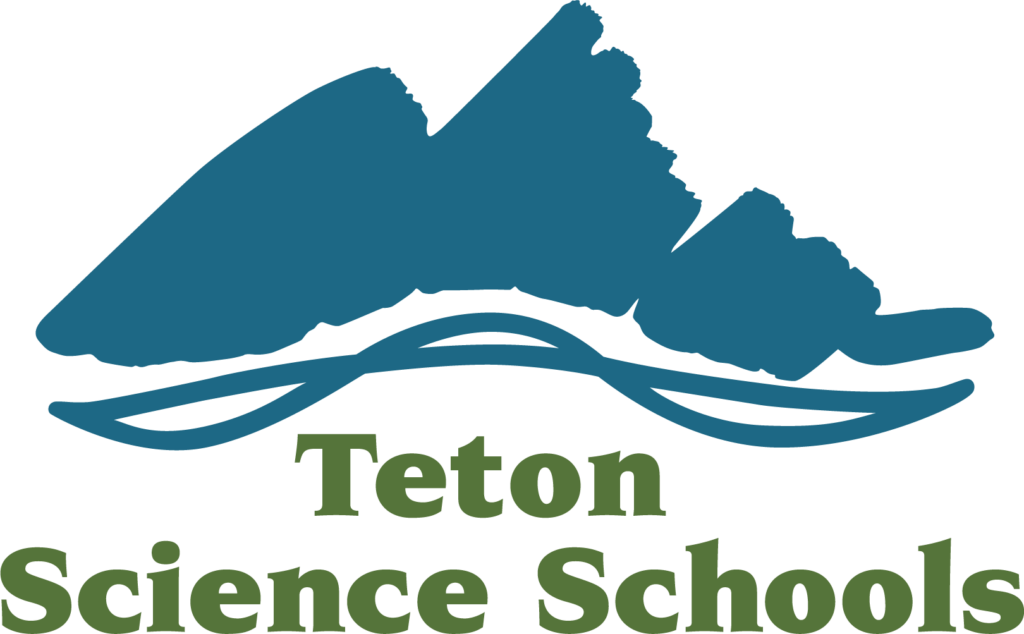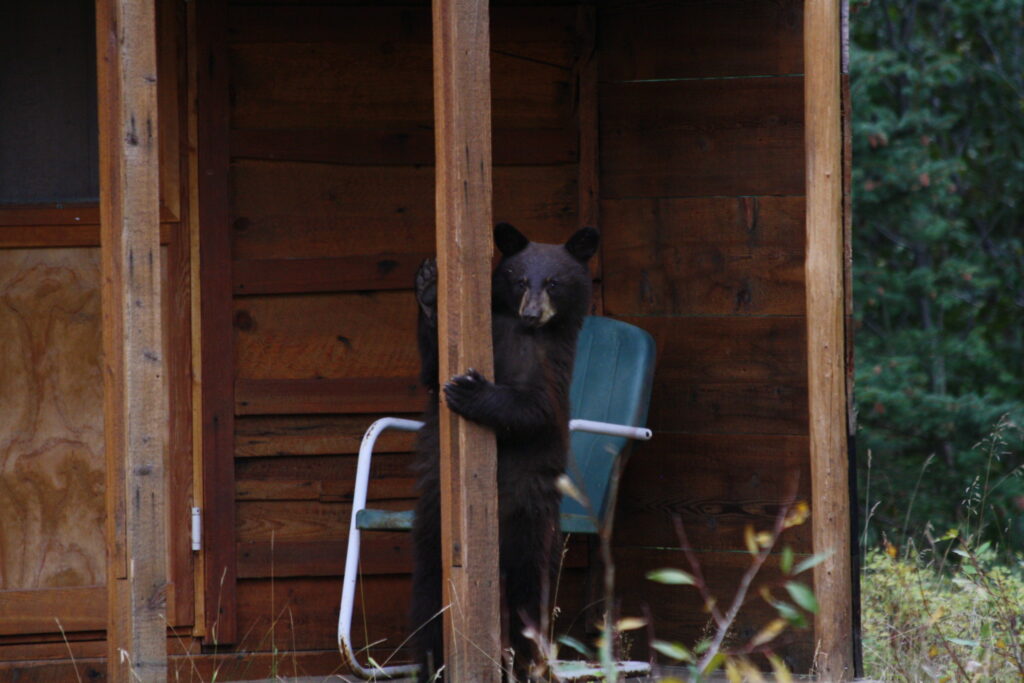June in Grand Teton National Park is a time of renewal. Spring bursts forth in a vibrant display of wildflowers, and amidst this paradise, a whole new generation of wildlife takes its first wobbly steps, clumsy swims, or playful leaps.
Get ready for aww-worthy encounters with these adorable park residents:
- Bison Calves (or red dogs): These precocious youngsters, often reddish-brown in color, are already on their hooves by a few days old, mimicking their mothers as they graze in the lush meadows.
- Elk Calves: Look for spotted elk calves nestled amongst the tall grasses, their dappled coats providing excellent camouflage. Be patient, you might even witness them taking their first tentative steps!
- Moose Calves: These gangly youngsters, with their oversized ears and long legs, are a sight to behold. Keep an eye out for them near willow thickets where they find food and shelter. Moose calves stay with their mother for about 1 year. Before she gives birth to the next calf, she will kick out the yearling. Meaning you are likely to see large moose calves and tiny new calves as well.
- Bear Cubs: Emerging from their winter dens in May or June, these curious and playful balls of fur are a highlight for any wildlife enthusiast in Grand Teton National Park. Be sure to maintain a safe distance and follow park regulations when observing these adorable but potentially dangerous creatures. Note that grizzly bear cubs stay with their mom for 2-3 years while black bear cubs stick around their mom for 1.5 years. Just as with moose calves, you could see a variety of cub ages.
- Pronghorn Fawns: The fastest land mammals in North America start young! These spotted fawns can outrun humans within a week of birth, showcasing their remarkable adaptations.
Always remember that even if a baby animal appears to be alone and you do not see mom around, it is important to maintain a safe distance. You can have the chance to see these adorable creatures, and more, safely with Teton Science Schools Wildlife Expeditions.
Grand Teton National Park is vast, and spotting wildlife can be challenging. But with Teton Science Schools Wildlife Expeditions, you can maximize your chances of witnessing these young park residents in their natural habitat.
Our experienced naturalists will lead you to prime wildlife viewing locations, ensuring you have the best opportunities to observe these precious animals and their families. They’ll also share fascinating insights about the park’s ecology and animal behavior, enriching your wildlife-viewing experience.
Don’t miss this opportunity to create lasting memories in Grand Teton National Park! Book your wildlife tour with Teton Science Schools today and witness the wonder of baby animals in the wild. Book HERE.
Sources:
- Learn more about the wildlife of Grand Teton National Park: Grand Teton National Park Wildlife Service (.gov)
Let Teton Science Schools be your guide to an unforgettable wildlife adventure!


